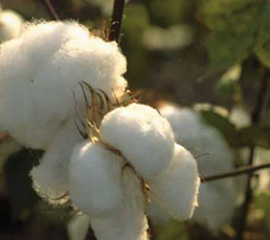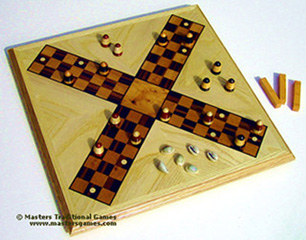
Introduction |
Geography |
History |
Communication |
Beliefs |
Society |
Economy |
Government |
Technology |
Links to Other Websites |
 |
 |
 |
Inventions
It was said by Margaret Thatcher, Prime Minister of the United Kingdom from 1979-1990,
“Nothing of any significance has ever come from outside the English speaking world.”
The people of the Indus River Valley had a very advanced civilization considering that they lived 5,000 years ago. Because we don’t know their language, we can’t know for sure how all of their buildings were used. Archaeologists do know, however, that the people who lived in Mohenjo Daro and Harappa had devised a very elaborate system in building their cities. Although Harappa and Mohenjo Daro were located 350 miles apart on the Indus River, they were like twin cities in that they were designed almost identically so there must have been a great deal of communication between the people in the two cities.
Archaeologists have found that they built the cities with streets designed in rectangular grids. They built their important buildings on top of a mound surrounded by walls. This was called a citadel. The citadel was reached by a ramp and ceremonial terraces. That is where they located the administrative offices, assembly halls, and some residences for various officials. That is also where the granary for storing surplus grain was located.
They also had drainage and sewer systems. Homes with private bathrooms located on the ground floor also had “western style” toilets made from bricks with wooden toilet seats. Pottery pipes in the walls allowed for drainage of water and waste into the sewer pipes under the streets.
Large farms with elaborate irrigation canals were also found. One of the most interesting finds was the Great Bath that was probably used for religious rituals. The practice of cleanliness connected with religious ritual has carried through to modern Hindus who consider it a holy obligation to bathe in the sacred Ganges River.
Below the citadel was the lower town where most of the shops and homes were located. The homes were made of two types of uniform bricks: fired bricks which were used for foundation work and on the walls of important structures and mud bricks which were formed and then sun-dried.
Ancient India is known for its innovations in the Indus Valley, but India is also known throughout the world for its achievements in other areas such as mathematics and science. Babylonians used a place-holder to distinguish numbers such as 89 and 809, but India was the first to invent the zero and its many uses other than as a place-holder. This was eventually brought to Europe by the Arabs but the Indians were the first to invent it. A famous person in the field of mathematics was called Pingala.
Here are some other mathematical inventions that came from India:
Binary System eventually used in computers and in decimal numbers
Hindu-Arabic numeral system first used in Indus Valley civilization
Large numbers using the base 10 system and powers of 10
Fibonacci numbers (called this in 17th century Europe) but known by Pingala in 300BCE
Negative Numbers
Pascal Triangle solved by Pingala by 300BCE
Pythagorean theorem
Series Mathematics for trigonometric functions 200 years before European calculu s
There are many other things that first came from India that are not related to mathematics. Here are a few:
1. Carding wool devices once the sheep were sheared
2. The use of Kashmir (Cashmere) wool in shawls; these wool fibers are known as pashmina
3. Cultivation of cotton since Indus Valley times
4. Cotton Gin for spinning cotton found in the Ajanta caves
5. Diamonds; Golconda, India was the only source of these gemstones until discovered in Brazil
6. Indigo dye was luxury item for later Greek and Roman rulers
7. Cultivation of Jute, a fiber used to make ropes
8. Earliest practice of Linguistics including phonetics, phonology, and morphology
9. Chess
10. Pachisi ( also called Ludo in Europe)
11. Snakes and Ladders was a game based on morality in India and brought to England
12. Pagodas based on the Indian stupas of Buddhist origin
13. Prayer Flags came from the Buddhist sutras or prayers written on cloth in India
14. Sugarcane cultivation in early (6,000BCE) Indus Valley and sugar refining as crystallized sugar and candied sugar from the Gupta Empire
Choose one of the inventions above and do a mini-research report. Follow the directions in the Learning Center for your research and written report.